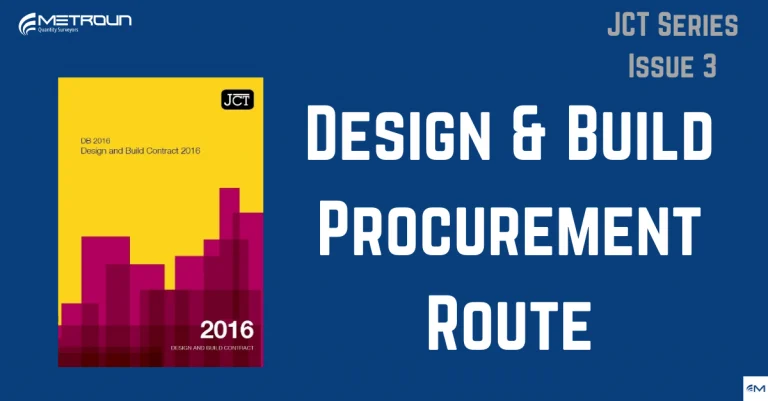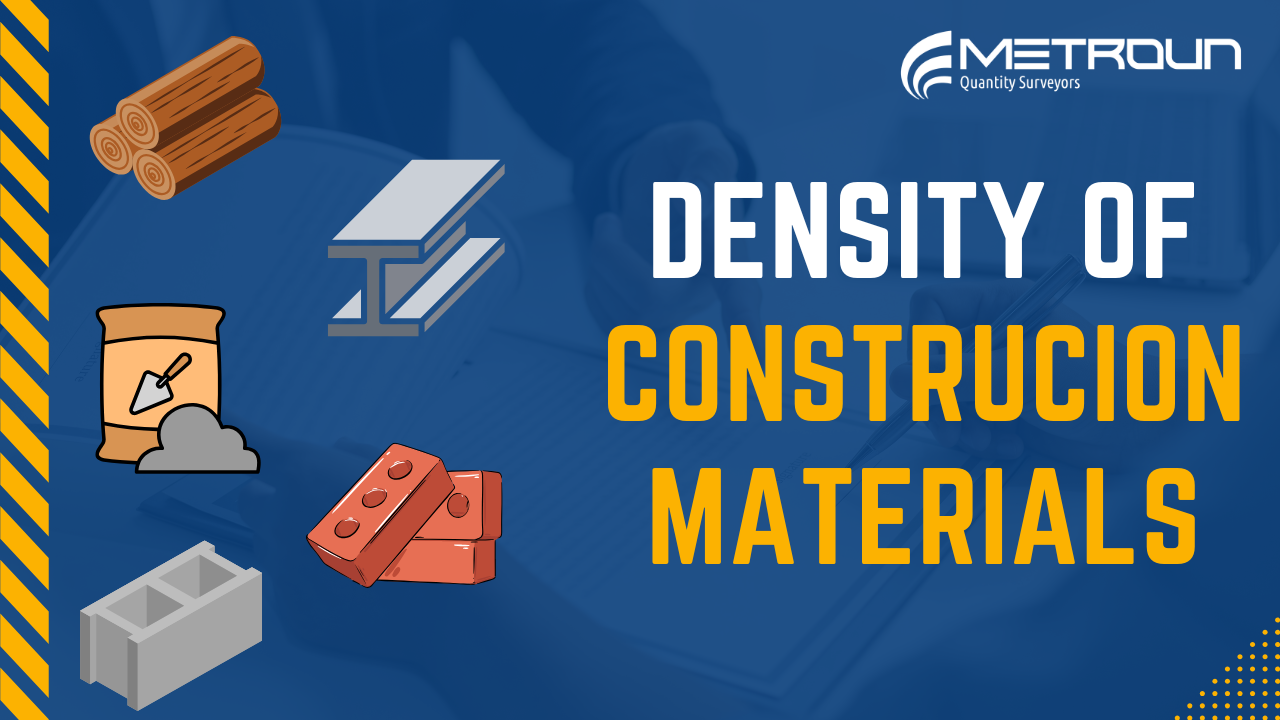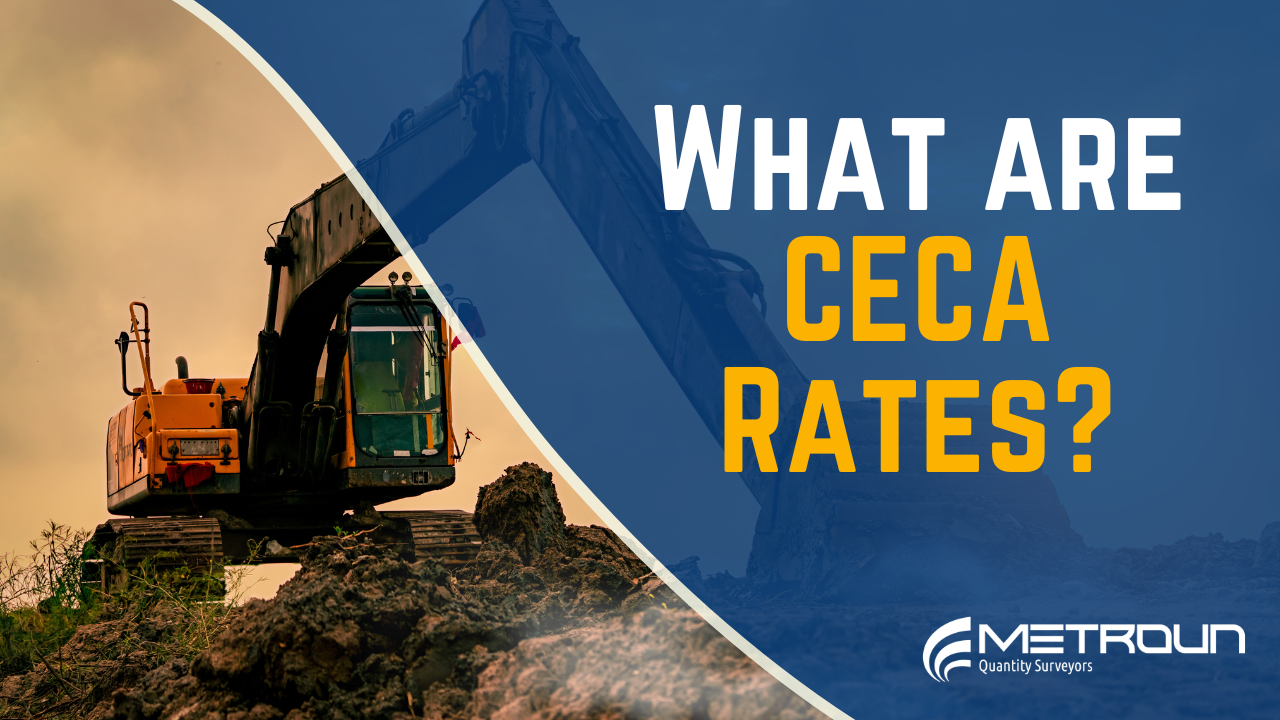Under JCT contracts, there are three main procurement routes: Traditional, Design & Build, and Management.
In this article, we’ll focus on the Design & Build route, what it involves, when it’s used, and the pros and cons you should consider before choosing it.
What is Design & Build?
In simple terms, Design & Build is a procurement route in which the main contractor is appointed to both design and construct the works.
This means the contractor takes responsibility for:
- Design development and drawings.
- Preliminary cost estimates.
- Specifications.
- Planning, control, organisation, and construction.
The employer sets out the project requirements, and the contractor delivers everything under a single point of responsibility.
When is Design & Build Used?
Design & Build contracts are typically awarded when:
- There is a need for an early start on site (as design and construction can overlap).
- The client wishes to minimise their risk by shifting design responsibility to the contractor.
- A project is technically complex and can benefit from contractor expertise.
- The employer does not want to retain full control over design development.
In most cases, Design & Build is delivered under a lump sum JCT contract, which provides the client with early price certainty while reducing their management responsibilities.
Advantages of Design & Build
The main strengths of this route include:
- Single point of responsibility – The contractor is accountable for both design and construction, simplifying communication and accountability.
- Faster delivery – Overlapping design and construction allows for earlier starts on site.
- Price certainty – Costs are usually agreed at an early stage, reducing financial uncertainty for the client.
- Reduced client management – Less day-to-day involvement is needed compared with the Traditional route.
Disadvantages of Design & Build
Despite its advantages, Design & Build isn’t without drawbacks:
- Lower design quality risk – Contractors working to a pre-agreed price may design to the lowest acceptable specification.
- Early design commitment – Clients must commit to a concept design early, limiting flexibility.
- Variation costs – If design changes are required later, contractors may request costly variations.
- Less client control – Employers hand over significant influence on the design process.
Final Thoughts
The Design & Build procurement route under JCT contracts offers efficiency, risk reduction, and cost certainty, making it a popular choice for many projects. However, it does so at the expense of flexibility and, in some cases, design quality.
For clients who prioritise speed and simplicity over detailed design control, Design & Build can be the right solution. But for projects where design quality and flexibility are critical, it may be worth considering Traditional procurement instead.
Watch our video on JCT Design & Build Procurement here:
How we can help
Here at Metroun we can offer you commercial support when working on a construction project. We can tailor the support to suit your needs. Want to be commercial independent? We can provide industry ready templates. Require a full-time QS? We can provide you with highly skilled Quantity Surveyors to manage the commercial aspect on your projects. Need some extra support? We can provide you with guidance and support as and when you need.










